Topkapi Palace: Everything You Should Know
Nestled on the historical peninsula of Istanbul, Topkapi Palace stands as a testament to the opulence and grandeur of the Ottoman Empire.
This architectural masterpiece, often regarded as the heart of Turkish history, has witnessed centuries of political intrigue, cultural splendor, and imperial legacy.
Topkapi Palace holds a pivotal role in shaping the narrative of Turkish history. As the primary residence of Ottoman sultans for nearly 400 years, it served as the epicenter of political power and cultural flourishing. Its walls echo with the footsteps of emperors, the whispers of courtiers, and the profound decisions that shaped the destiny of a nation.
In this article, we embark on a journey through the corridors of Topkapi Palace, unraveling its rich historical tapestry and exploring the architectural marvels within. By delving into the palace's past, we aim to shed light on its enduring significance in Turkish culture and history. Whether you're a history enthusiast or a traveler planning to visit Istanbul, join us in discovering the captivating allure of Topkapi Palace, Istanbul.
Topkapı Palace History
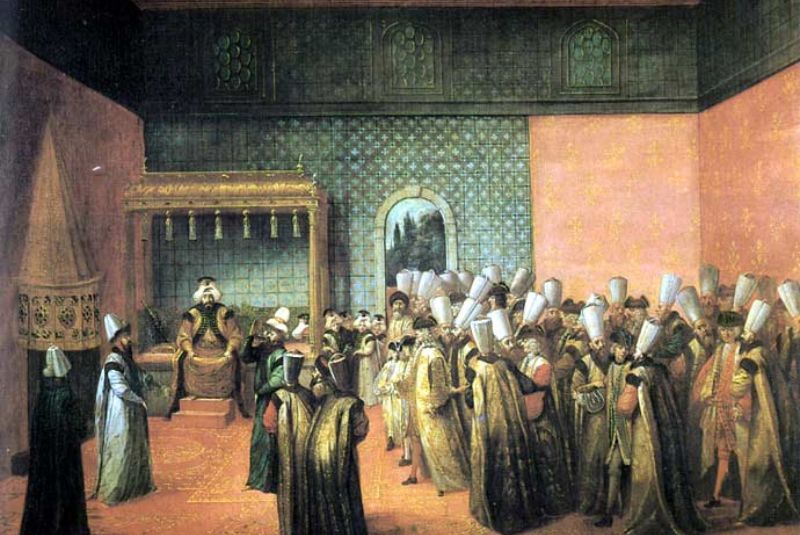
The origins of Topkapı Palace trace back to the ambitious vision of Mehmed the Conqueror, who commissioned its construction after the Ottoman conquest of Constantinople in 1453. The palace, strategically positioned overlooking the Bosporus Strait and the Golden Horn, became a symbol of imperial might and authority.
Evolution of the Palace Over Different Periods
Over the centuries, Topkapı Palace underwent significant transformations, adapting to the changing needs of the Ottoman rulers. What began as a relatively modest complex expanded and evolved, incorporating diverse architectural styles and reflecting the tastes of different sultans. The additions, renovations, and alterations tell a captivating story of the palace's evolution through the Renaissance, Baroque, and Ottoman classical periods.
Significance During the Ottoman Empire
Topkapı Palace stood not merely as a royal residence but as the epicenter of Ottoman governance. It housed the imperial court, government offices, and the Sultan's private quarters, making it a multifaceted institution. The decisions made within its walls reverberated across the empire, influencing politics, culture, and diplomacy. As the ceremonial and administrative hub, Topkapı Palace was witness to the zenith and eventual decline of the Ottoman Empire, making it an indispensable chapter in the annals of world history.
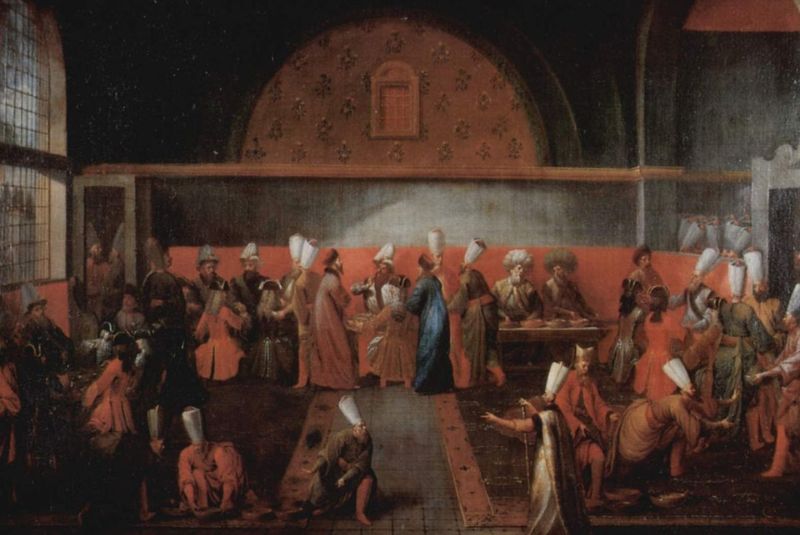
Topkapı Palace: Witness to Historic Events
Beyond its architectural magnificence, Topkapı Palace bore witness to pivotal moments in Ottoman history. It was within these walls that decisions were made that shaped the fate of nations, alliances were forged, and diplomatic intrigues unfolded. The palace's history is intertwined with significant events like the conquest of Egypt, the campaigns of Suleiman the Magnificent, and the intricate dance of diplomacy that characterized Ottoman relations with Europe and Asia.
Legacy Beyond the Ottoman Era
Although the Ottoman Empire eventually gave way to the Republic of Turkey, Topkapı Palace's legacy endures. Converted into a museum in 1924, the palace opened its doors to the public, allowing visitors to step into the pages of history. Today, it stands not only as a historical monument but as a cultural treasure trove, offering insights into the imperial past of Turkey.
Preserving Topkapı Palace's Heritage
Efforts to preserve Topkapı Palace's heritage continue through meticulous restoration projects and ongoing conservation work. These endeavors aim to maintain the palace's structural integrity while safeguarding the priceless artifacts and artworks housed within its walls.
In the next sections, we will delve into the architectural marvels and cultural treasures that make Topkapı Palace a captivating destination for history enthusiasts and admirers of world heritage.
Topkapı Palace Architecture
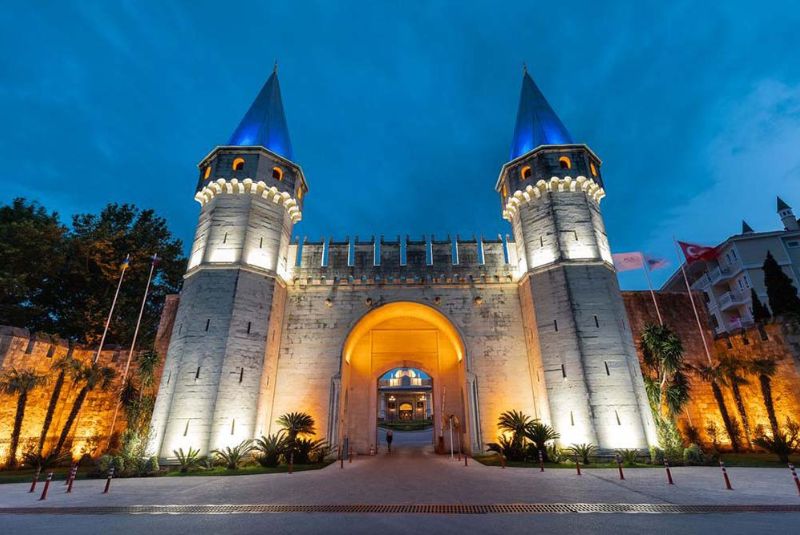
The architectural grandeur of Topkapı Palace is a harmonious blend of various styles, reflecting the cultural tapestry of the Ottoman Empire. The palace, surrounded by imposing walls and gateways, opens up to reveal a world of opulence and intricate design.
Key Architectural Features
Towers, domes, and courtyards intertwine to create a stunning visual spectacle. The distinctive Ottoman architecture, characterized by ornate domes, pointed arches, and intricate tile work, is prominently displayed throughout the palace. The iconic Gate of Salutation, adorned with calligraphy and intricate geometric patterns, serves as a majestic entrance, inviting visitors into the heart of Ottoman history.
The expansive courtyards, such as the Second Courtyard, provide an open canvas for architectural brilliance. Here, the Audience Hall and the Tower of Justice stand as towering symbols of imperial authority, commanding attention with their imposing structures and detailed ornamentation.
Layout and Design
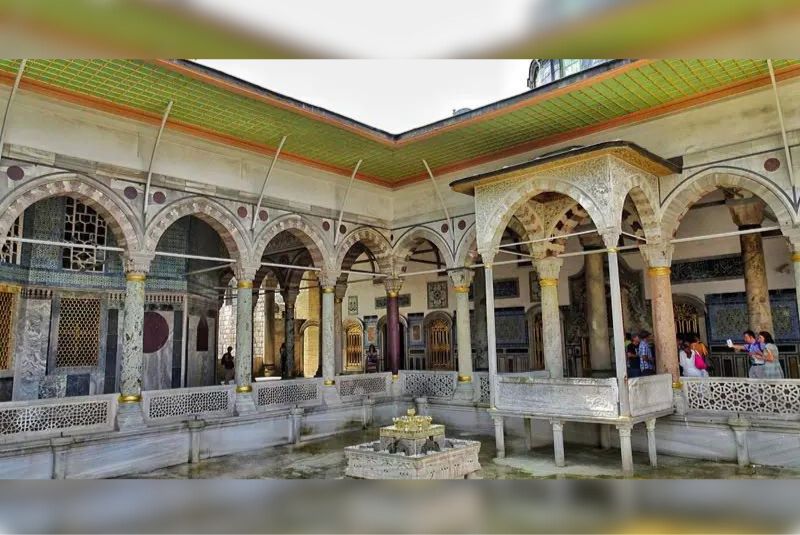
The layout of Topkapı Palace is a labyrinthine masterpiece, with interconnected courtyards, gardens, and pavilions. The Topkapi Palace Harem, a secluded section of the palace reserved for the Sultan's family, adds an extra layer of mystique. The intricate network of rooms and corridors is a testament to the deliberate design, allowing for both functional efficiency and aesthetic beauty.
The palace's strategic positioning on the Sarayburnu promontory provides breathtaking views of the Bosporus Strait, underscoring the significance of both its architectural and geographical design.
Notable Rooms Within the Palace
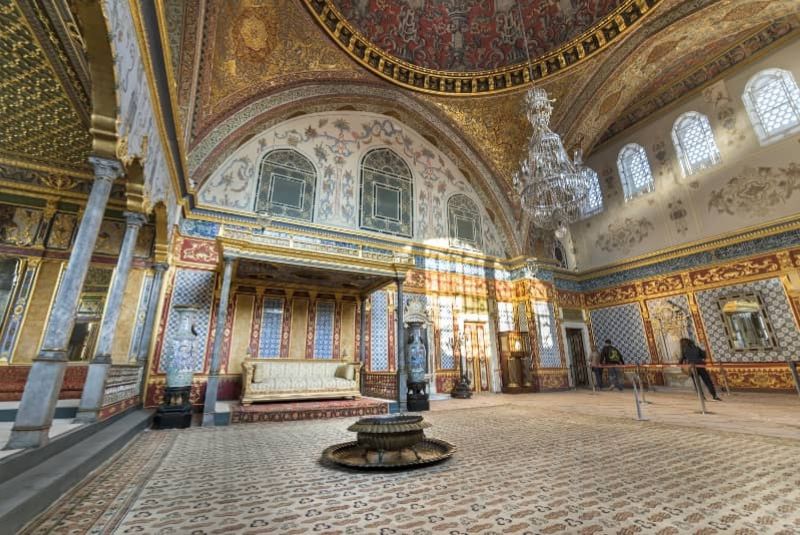
Among the myriad rooms and sections, the Topkapı Palace Harem stands out as a captivating enclave. This private residence of the Sultan's family features stunning chambers, courtyards, and hallways adorned with exquisite tiles and intricate woodwork. The Harem provides a glimpse into the private lives of the Ottoman rulers, adding a layer of intimacy to the grandeur of the palace.
The Imperial Council Chamber, where crucial decisions were made, and the Enderun Library, housing priceless manuscripts, are other noteworthy sections. Each room and space within Topkapı Palace tells a unique story, contributing to the overall narrative of this architectural marvel.
Cultural and Artistic Treasures of Topkapı Palace
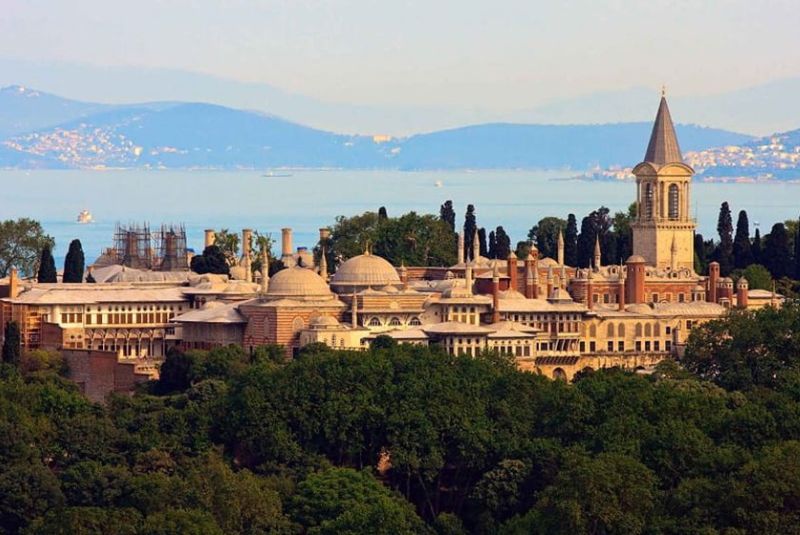
Within the hallowed halls of Topkapı Palace resides a treasure trove of artistic masterpieces that spans centuries. The palace's art collection is a testament to the refined tastes of the Ottoman rulers and their commitment to patronage, encompassing a diverse array of paintings, manuscripts, ceramics, and textiles.
Significance in Preserving Turkish Art and Culture
Topkapı Palace serves as a guardian of Turkish art and culture, preserving and showcasing the nation's creative legacy. The palace's art collection not only reflects the aesthetic preferences of the Ottoman elite but also encapsulates the cultural fusion that defined the empire. Through its carefully curated exhibits, Topkapı Palace offers a window into the artistic expressions that flourished under Ottoman patronage.
The preservation of these artistic treasures goes beyond mere conservation; it is a dedication to ensuring that the vibrancy and richness of Turkish art endure for generations to come. As a living museum, Topkapı Palace stands as a bridge between the past and the present, allowing contemporary audiences to connect with the cultural heritage of Turkey.
Notable Artifacts
Among the countless artifacts housed in Topkapı Palace, a few stand out for their historical significance and artistic merit. The Spoonmaker's Diamond, a dazzling gem with a captivating backstory, and the Topkapı Dagger, an exquisite example of Ottoman craftsmanship, are just a glimpse into the palace's vast collection.
Manuscripts from the Enderun Library provide insights into the intellectual pursuits of the Ottoman court, showcasing beautifully illuminated texts and calligraphy. The priceless robes of the Ottoman sultans, on display in the Imperial Treasury, exemplify the splendor and regal attire of the imperial court.
One cannot overlook the sacred relics, including Prophet Muhammad's cloak and sword, housed in the Sacred Safekeeping Room. These artifacts hold immense religious and historical significance, drawing pilgrims and scholars alike to witness the tangible connections to the Islamic heritage within the walls of Topkapı Palace.
Each artifact within Topkapı Palace tells a story, weaving together threads of history, culture, and artistry. As visitors traverse the palace, they embark on a journey through the ages, guided by the enduring legacy of the Ottoman Empire.
Daily Life in Topkapi Palace
Topkapı Palace transcended its architectural magnificence to become the nucleus of daily life for Ottoman rulers. The Sultan, surrounded by a court of advisors, officials, and attendants, navigated the intricacies of governance within the palace walls.
The private quarters of the Sultan, nestled within the palace, provided a sanctuary for contemplation and decision-making. From political deliberations in the Imperial Council to personal moments within the Harem, Topkapı Palace bore witness to the multifaceted dimensions of the Ottoman ruler's daily life.
Ceremonies, Events, and Daily Routines
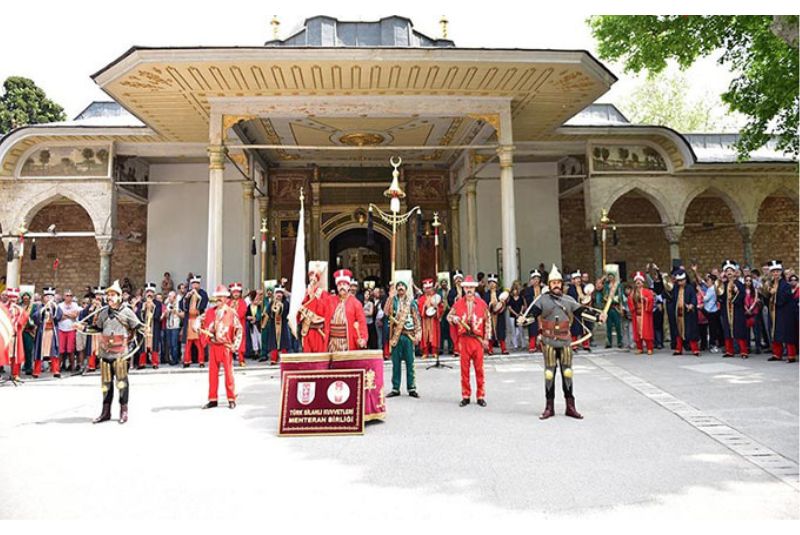
Ceremonies at Topkapı Palace were grand spectacles, blending regal pageantry with cultural traditions. The annual Circumcision Feast, for example, was a lavish celebration that showcased the opulence of the Ottoman court. Additionally, religious ceremonies held in the palace's mosques, such as the Haghia Eirene Mosque, marked significant occasions on the Ottoman calendar.
Daily routines within Topkapı Palace were marked by a delicate balance between official duties and personal rituals. The elaborate etiquette observed during courtly receptions, the precision of protocol during state banquets, and the grace of imperial audiences in the Audience Hall all contributed to the ceremonial fabric of palace life.
Social and Cultural Life Within the Palace Walls
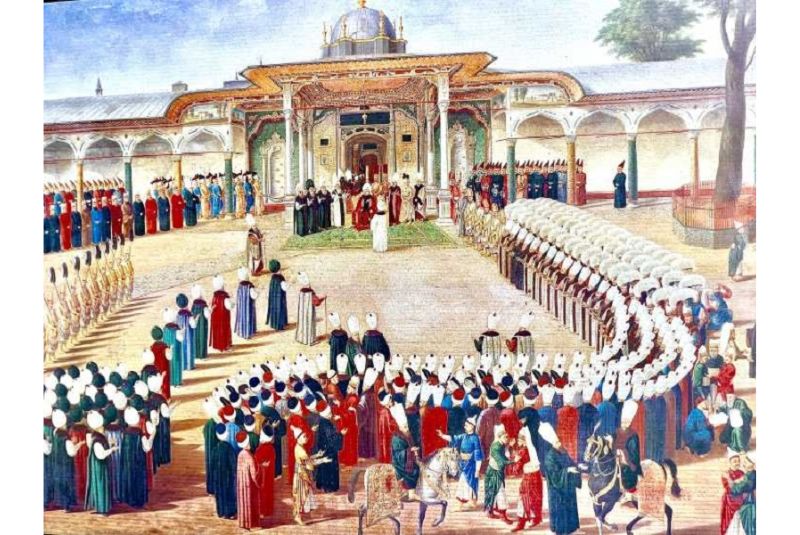
Beyond the corridors of power, Topkapı Palace pulsated with social and cultural life. The Harem, a secluded realm, harbored the private lives of the Sultan's family, providing a backdrop for familial bonds and interpersonal relationships. The lavish gardens and courtyards offered spaces for leisure and recreation, where poets, musicians, and artists could showcase their talents.
The Enderun School, situated within the palace, played a crucial role in shaping the cultural landscape. Young boys from diverse backgrounds received education in the arts, sciences, and courtly etiquette, contributing to the intellectual richness of the Ottoman court.
Festivals, concerts, and exhibitions were organized within the palace, fostering an environment where the arts flourished. Topkapı Palace, therefore, wasn't merely a seat of power; it was a vibrant hub of cultural exchange, where the tapestry of Ottoman society unfolded against the backdrop of grand architecture and rich traditions.
Notable Residents

Topkapı Palace, throughout its illustrious history, housed a succession of remarkable Ottoman rulers whose legacies continue to shape the narrative of the empire. Notable among them is Mehmed the Conqueror, the visionary founder of the palace, who oversaw its construction and set the stage for centuries of Ottoman rule.
Suleiman the Magnificent, often referred to as "the Lawgiver," was another prominent resident. His reign marked a pinnacle of Ottoman power, and Topkapı Palace became a testament to his patronage of the arts and military prowess.
Selim II, known as "the Sot" for his indulgence in leisure, left his imprint on the palace during the late 16th century. These rulers, among others, each contributed to the evolution of Topkapı Palace, making it a reflection of their individual reigns.
Influence of Topkapı Palace on the Ruling Elite
Topkapı Palace was not only a residence for the Sultan but a crucible of influence that shaped the ruling elite of the Ottoman Empire. The imperial court, comprised of viziers, advisors, and dignitaries, convened within the palace walls to deliberate on matters of state.
The proximity to the Sultan within the palace hierarchy conferred prestige and authority upon those in the inner circle. The decisions made in the Divan, the administrative council, echoed the influence of Topkapı Palace on the political landscape of the empire.
Stories about Life in the Palace
Life within Topkapı Palace was rich with stories and anecdotes that reflected the human side of the Ottoman rulers. Tales of intrigue, romance, and rivalry unfolded within the Harem, where the Sultan's consorts and their children navigated the complexities of imperial life.
The Imperial Kitchens, a bustling center of culinary creativity, produced sumptuous feasts for the Sultan and his court. The eunuchs, who played pivotal roles in palace life, became central figures in many stories, illustrating the unique dynamics within the palace.
Anecdotes of the Ottoman rulers' interactions with scholars, poets, and artists showcase the cultural vibrancy of Topkapı Palace. The humor, wisdom, and quirks of the Sultan, as recounted in historical records, provide glimpses into the multifaceted personalities that resided within its regal confines.
Topkapi Palace Today
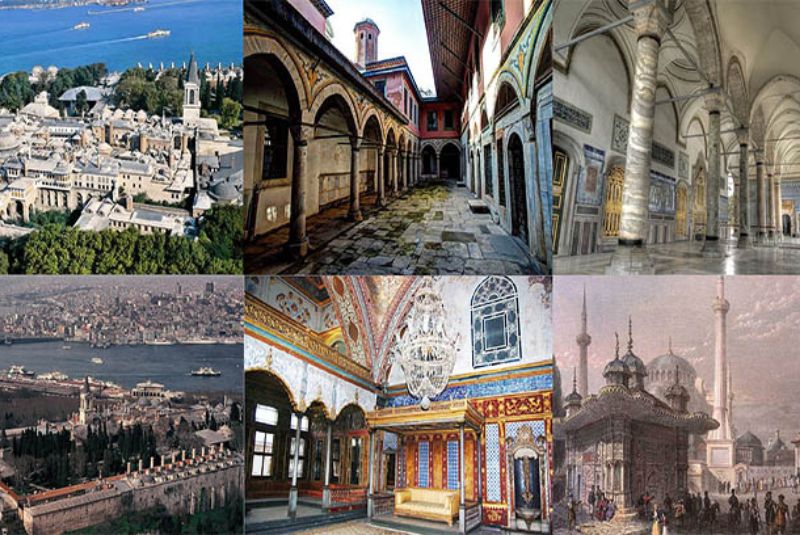
Today, Topkapı Palace stands as a living testament to the grandeur of the Ottoman Empire, welcoming visitors from around the world to explore its rich history. Situated in the heart of Istanbul, the palace remains a focal point of cultural heritage and historical significance.
The accessibility of Topkapı Palace has been facilitated by its transformation into a museum. Open to the public, it offers an immersive journey into the past, allowing visitors to walk in the footsteps of Ottoman rulers and experience the opulence of a bygone era.
For those planning a visit, obtaining Topkapı Palace tickets is the gateway to unlocking the doors of this historical gem. Tickets provide access to the various sections of the palace, including the Harem, the Imperial Council Chamber, and the dazzling Imperial Treasury.
Tourism and Cultural Significance in the Modern Era
Topkapı Palace has emerged as a cultural beacon in modern Istanbul, drawing tourists, scholars, and art enthusiasts alike. Its significance extends beyond its historical value; the palace serves as a focal point for cultural events, exhibitions, and educational programs.
Tourism around Topkapı Palace has become a vibrant industry, contributing to Istanbul's allure as a historical destination. The blend of architectural splendor, cultural richness, and captivating artifacts makes the palace a must-visit for those seeking to delve into the depths of Ottoman history.
The cultural significance of Topkapı Palace transcends its role as a tourist attraction. It serves as a symbol of continuity, connecting the present to the empire's illustrious past. Through curated exhibits, educational initiatives, and cultural events, the palace continues to be a dynamic force in shaping contemporary perspectives on Turkish history and heritage.
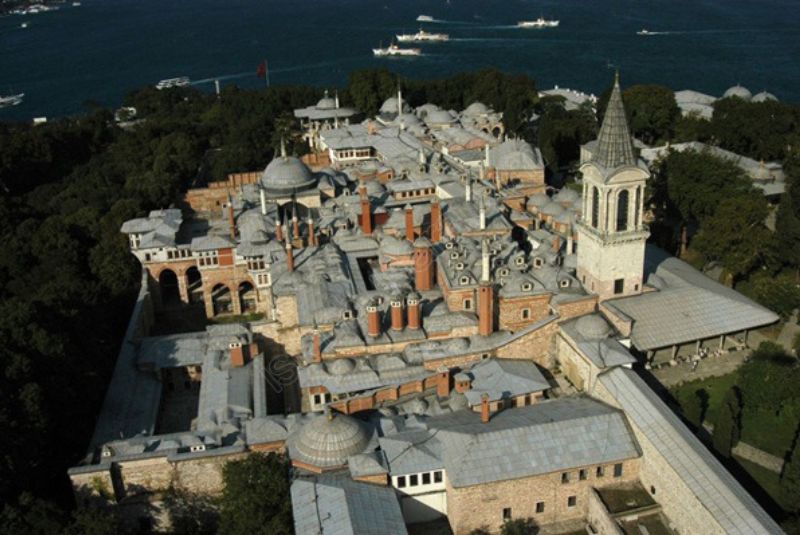
Final Takeaway
Topkapı Palace, Istanbul's jewel, encapsulates centuries of Ottoman history, embodying political intrigue, cultural refinement, and imperial splendor.
Its architectural marvels and artistic treasures stand as a testament to the empire's grandeur, leaving an indelible mark on Turkish heritage.
Explore the echoes of Ottoman glory, walk the hallowed halls, and let Topkapı Palace's allure unveil a mesmerizing chapter in history—a narrative waiting to be discovered and appreciated.
Share your story!
Comment below and let us know about your Experience.
Your story inspires others!
Comment
Leave a Comment